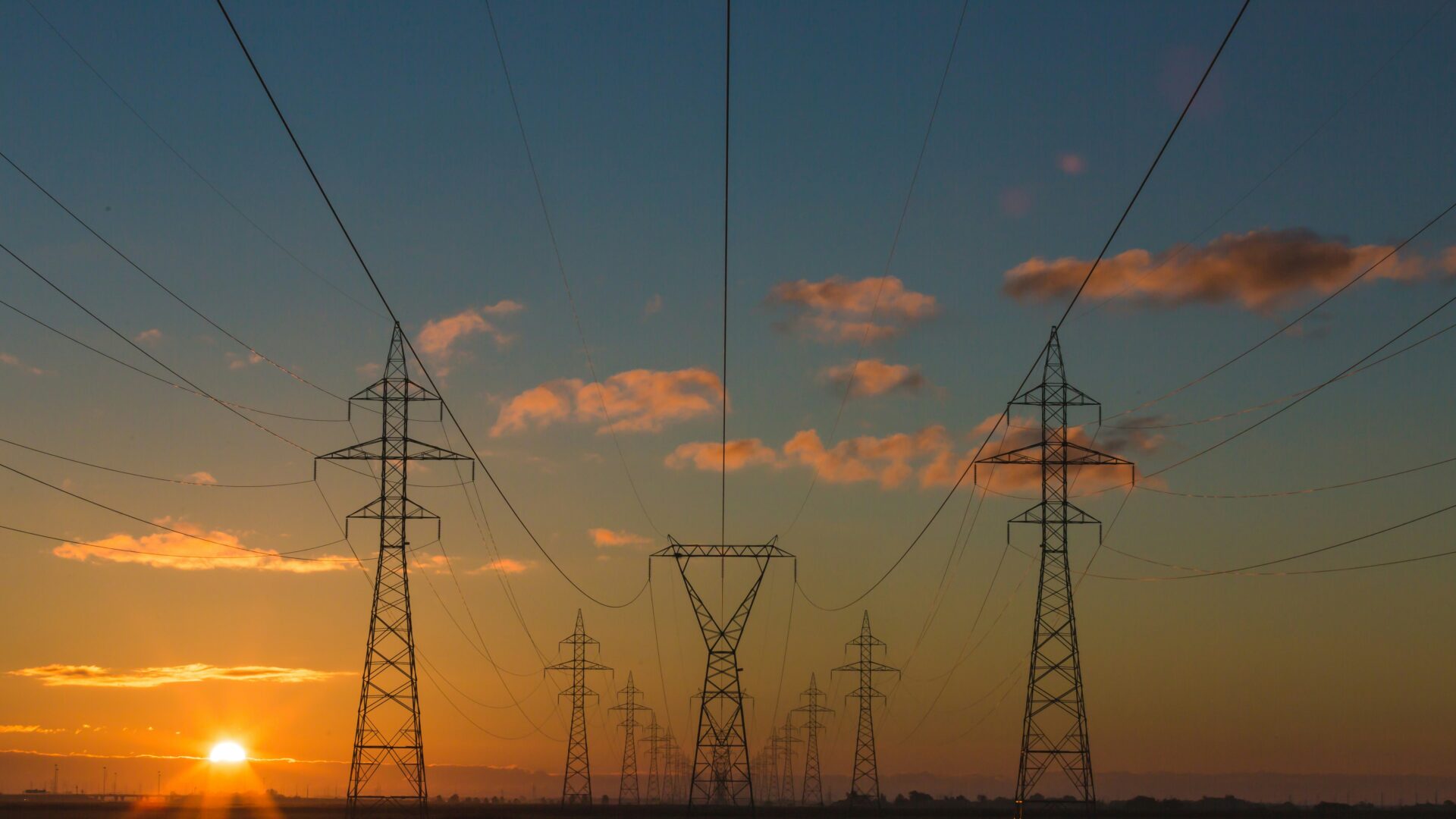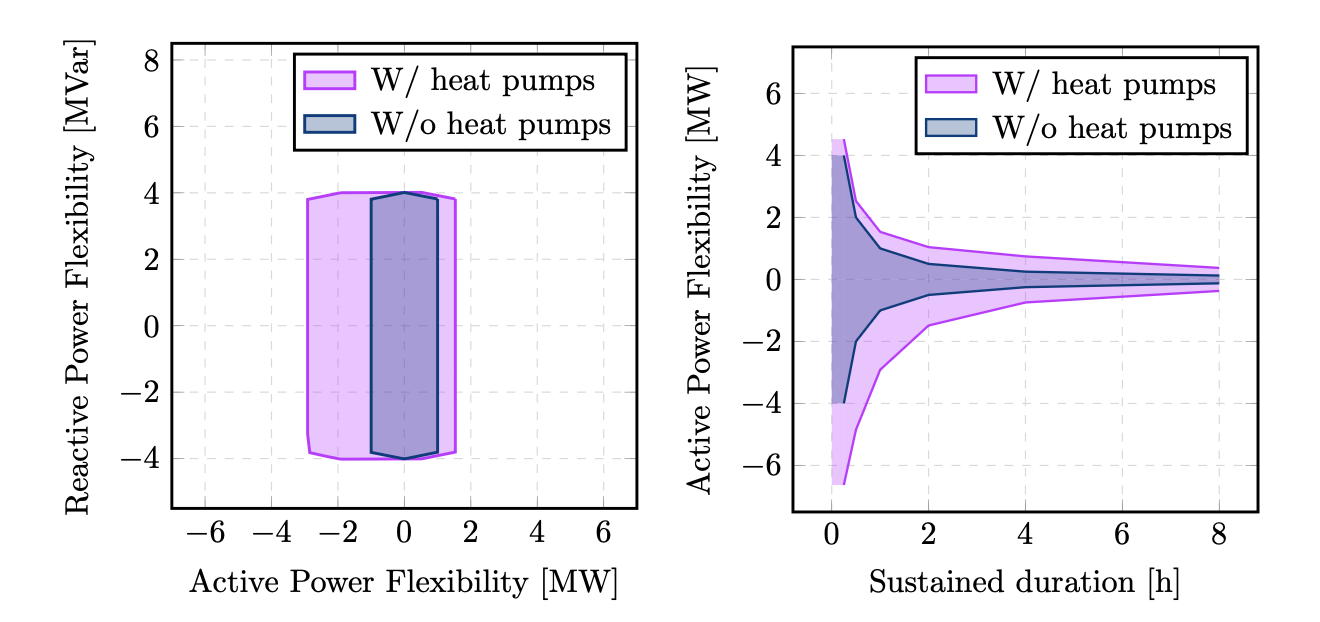
- Article
Distribution networks as hidden powerhouses
One of the more surprising innovations in the energy transition is a conceptual one: the emergence of flexibility as a resource (and a very important one) for balancing energy demand and supply. Flexibility here means the ability to deviate from planned operation: for example, for solar panels to withhold energy from an overloaded grid, or for electric vehicles to be charged only when there is excess power available. It can be provided by energy producers or consumers; by devices that either generate or consume energy; it can be a tradable good in a brand new market. All of which is fascinating, and exciting, but raises a host of complex challenges – especially as we try to determine how flexibility works across an entire distribution network.
For his Master’s thesis, ETH Zürich student Jan Brändle examined flexibility across the Walenstadt distribution grid (which includes thousands of individual devices as well as major installations: from rooftop photovoltaics and household boilers to hydropower plants and high-capacity batteries). By quantifying and modeling aggregated flexibility—taking into account grid topology, operational constraints, and factors like weather patterns—he was able to deliver meaningful insights.

First: the results showed that all the small-scale devices incorporated in the Walenstadt network were together able to make a major contribution to flexibility, comparable to that of large-scale battery energy storage systems. This is encouraging news, given the strong move toward electrification of household heating and mobility, as well as increasing take-up of rooftop solar panels.
Second: this increased grid flexibility doesn’t just contribute to system stability – it can also generate additional revenues. These earnings can pay for infrastructure upgrades, or shield end customers from electricity price volatility.
And third: the potential flexibility increase is limited by physical infrastructure constraints, such as line flow limits and voltage stability.
Taken together, these findings point to the importance of further work, specifically into developing enhanced communication and automation infrastructure that will enable system operators to fully realise the flexibility potential of all these distributed resources. With further investment in digitalisation, and a regulatory framework for this emerging market in flexibility, we could enjoy a more efficient, more resilient, more sustainable energy system.